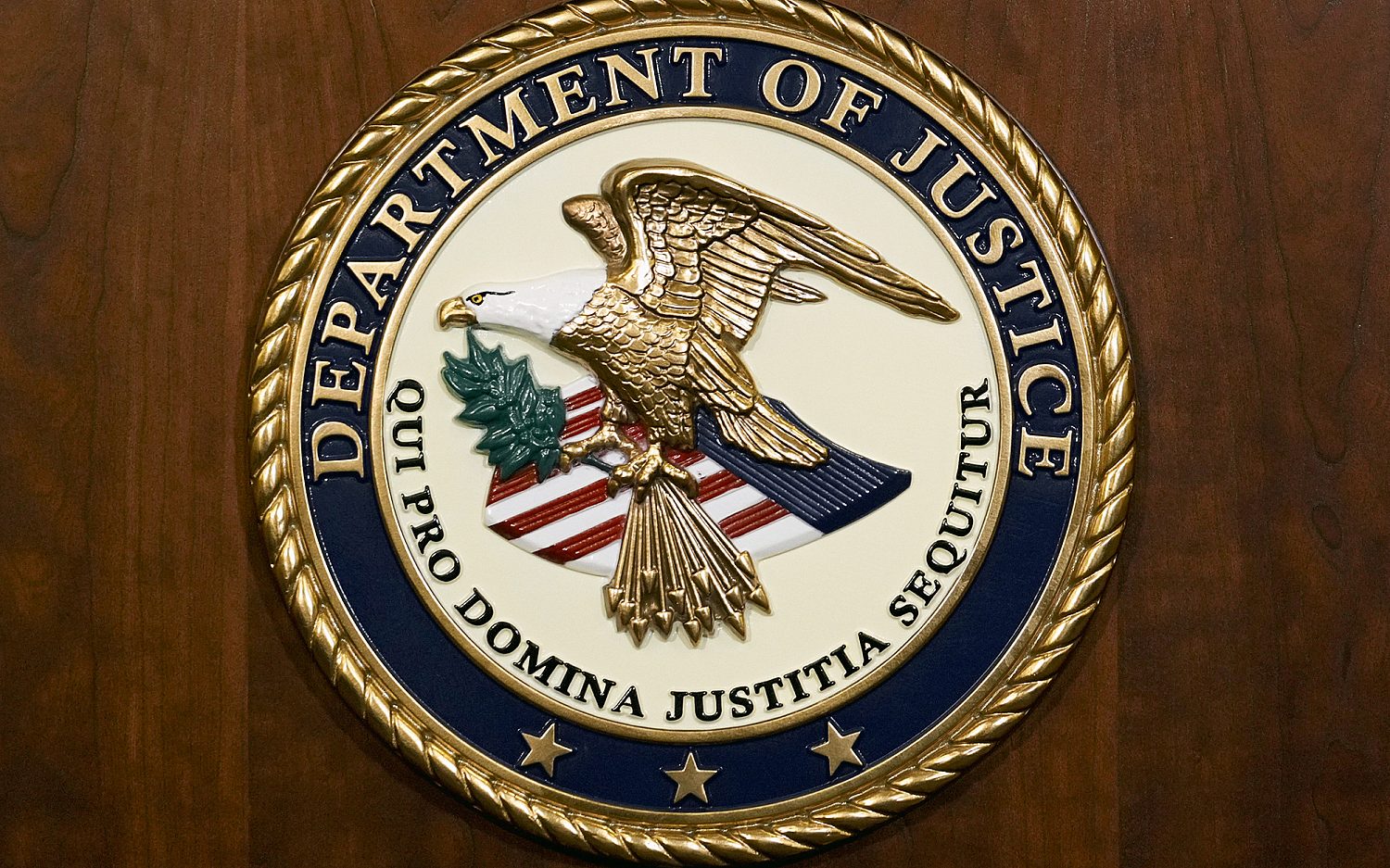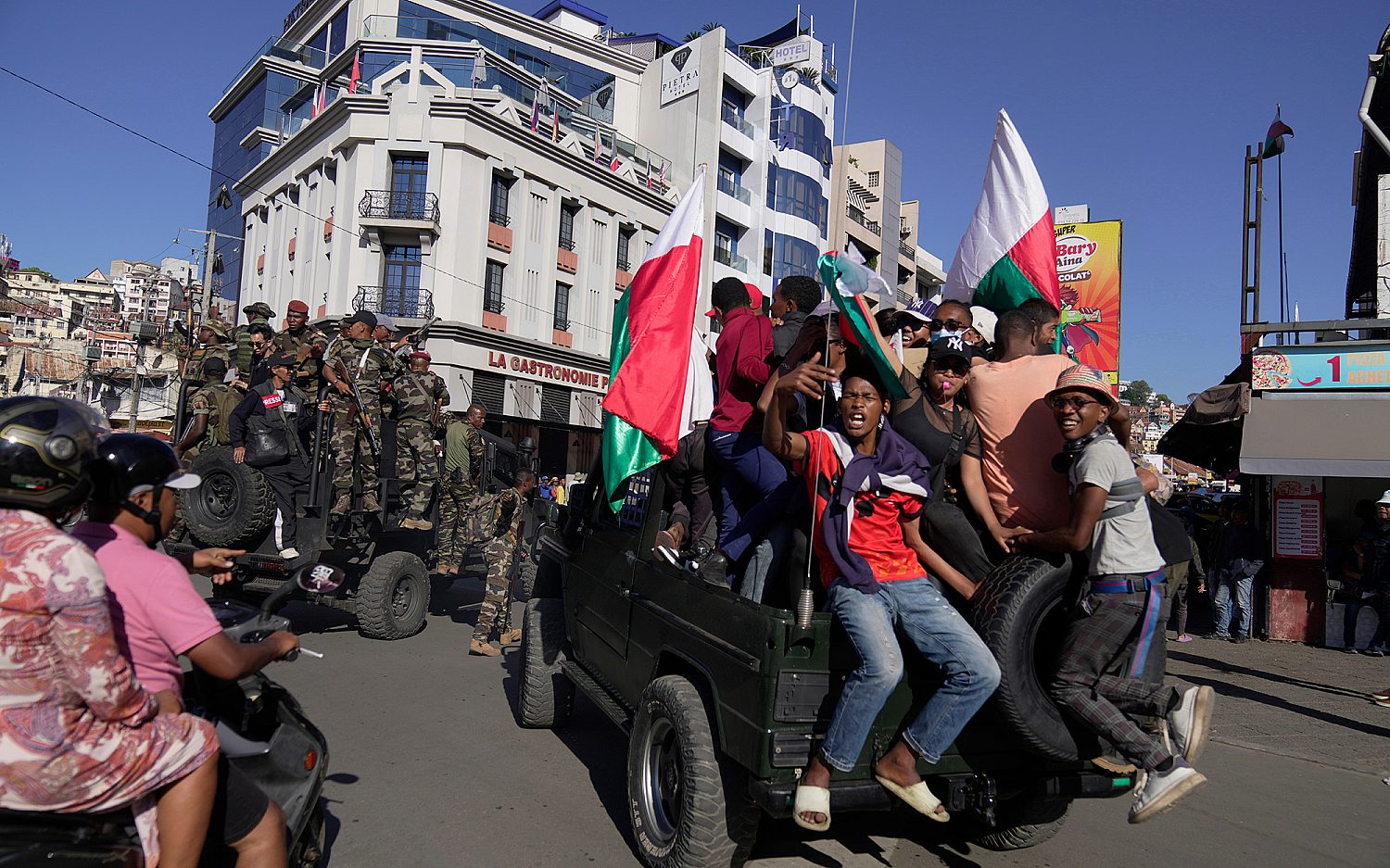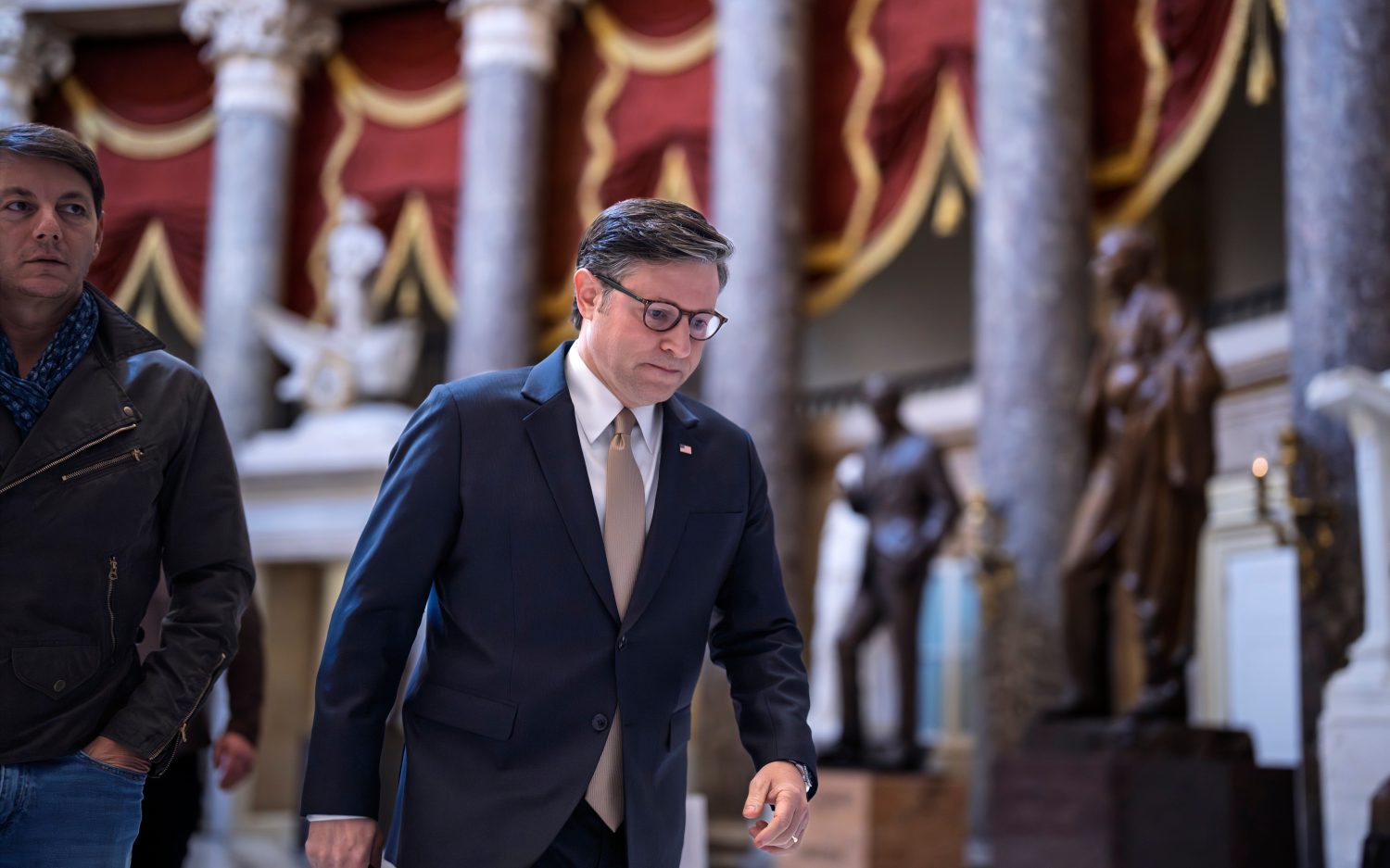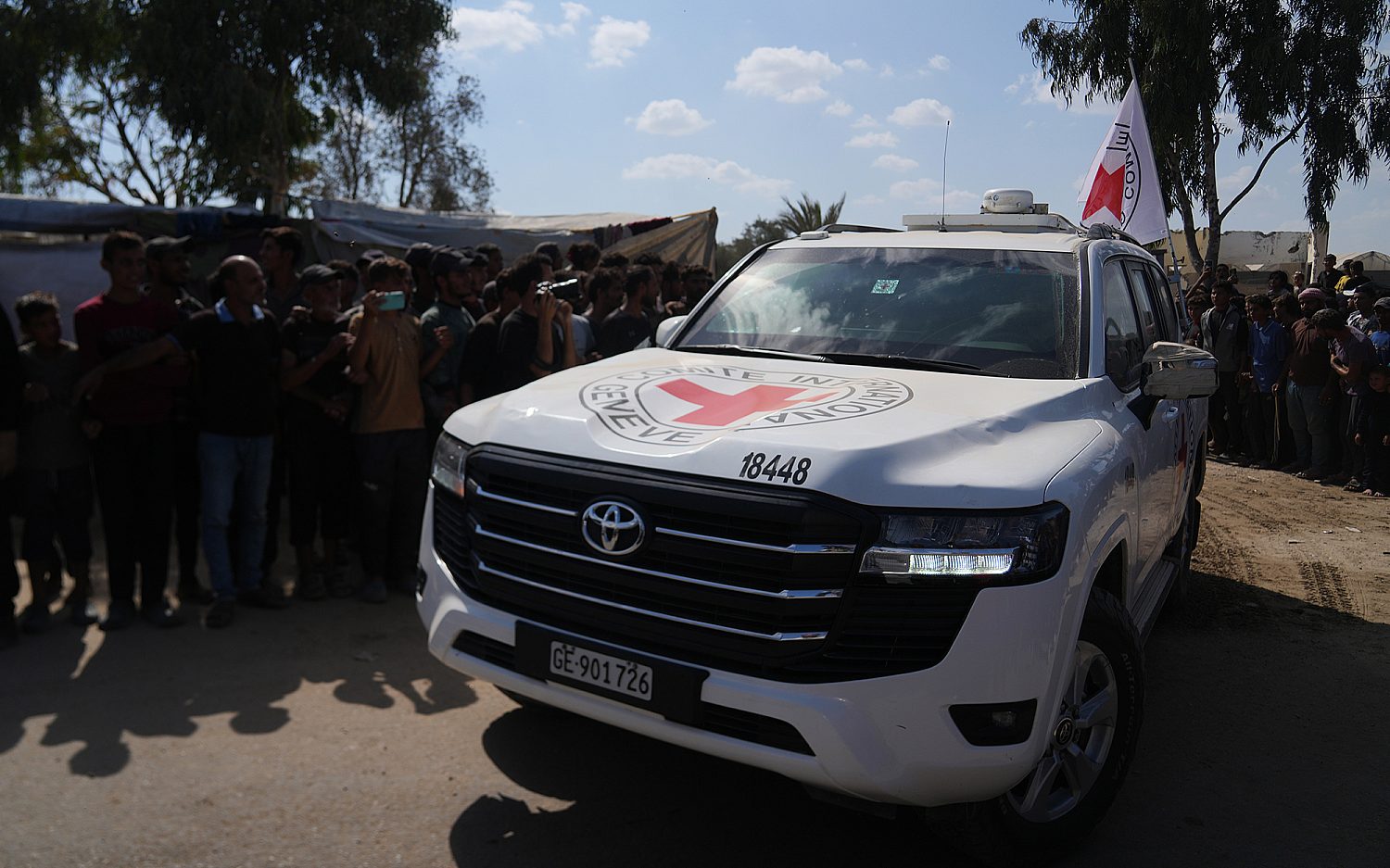New York museums exhibit travel ban opposition
Special displays feature works by artists from countries covered by Trump’s executive order
NEW YORK—Museums in New York have responded to the controversial executive order on immigration and refugees by highlighting art from the cultures of countries affected by the temporary travel ban.
President Donald Trump’s new, more limited order, signed today, focuses on six of the seven originally blocked countries: Syria, Iran, Yemen, Libya, Sudan, and Somalia. Gone from the list is Iraq, but Iraqi applicants still face “additional scrutiny.”
The Metropolitan Museum of Art (Met) is holding a series of 10-minute informal talks by curators and researchers on objects in the museum’s permanent collection from lands that now form Iraq, Syria, Iran, and Yemen—four of the seven countries named in Trump’s original order. The talks on a recent Friday morning attracted about 20 people. Some, like Israeli Ori Werdiger, attended as a form of “resistance” to the order. The museum offered a more straightforward encouragement to participate.
“People do not know about these countries,” said Egle Zygas, a Met spokeswoman. “So rather than sit back with information, we decided to let them know.”
The Met talk featured the “Stele of Ushumgal” from Iraq, a carving representing a property transaction in Mesopotamia almost 5,000 years ago. Yelena Rakic, the associate curator in the Department of Ancient Near Eastern Art, said the stele communicates in the same way we use “text and image such as … emojis and Instagram.” The rectangular-shaped boulder is covered with inscribed symbols and images.
The Museum of Modern Art (MoMA) also put up a display of six pieces by artists from the countries affected by the executive order. The museum swapped out famous pieces by artists like Pablo Picasso to raise the profile of the more obscure artists. MoMA has on display the only Sudanese art piece among the special exhibits related to the order. The piece by artist Ibrahim El-Salahi, titled The Mosque, is a decorative oil on canvas displaying a fusion of calligraphy and the architectural design of a mosque.
The others, from Iranian and Iraqi artists, were spread out in different rooms of the museum. They include Charles Hossein Zenderoudi’s K+L+32+H+4.Mon père et moi (My Father and I), Parviz Tanavoli’s The Prophet, Shirana Shahbazi’s Composition-40-2011, Zaha Hadid’s The Peak, Hong Kong, and Siah Armajani’s Elements Number 30. An accompanying film series featured pieces from other artists, including Syrian Ossama Mohammed.
The statements describing the pieces end with a paragraph explaining the museum’s decision to display the collection “to affirm the ideals of welcome and freedom as vital to the museum as they are to the United States.”
The Museum of the City of New York also created a special photography exhibit in response to the order, titled “Muslim in New York,” displaying photos of Muslims going about daily life in the city.
“Muslims have been woven into the fabric of New York since the city’s origins as New Amsterdam,” the museum said in announcing the exhibit, noting about 270,000 Muslims live in the city. “They represent an important part of the diversity that the Museum of the City of New York’s rich photography collection chronicles.”
An actual newsletter worth subscribing to instead of just a collection of links. —Adam
Sign up to receive The Sift email newsletter each weekday morning for the latest headlines from WORLD’s breaking news team.




Please wait while we load the latest comments...
Comments
Please register, subscribe, or log in to comment on this article.